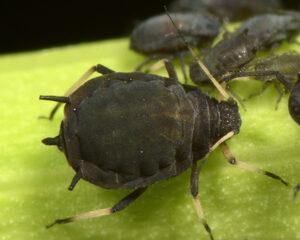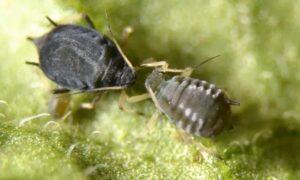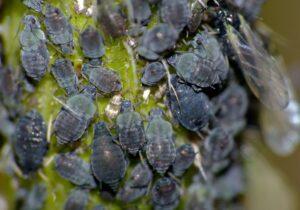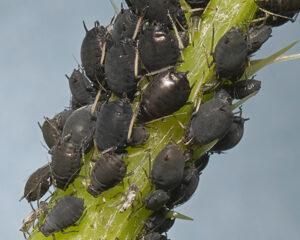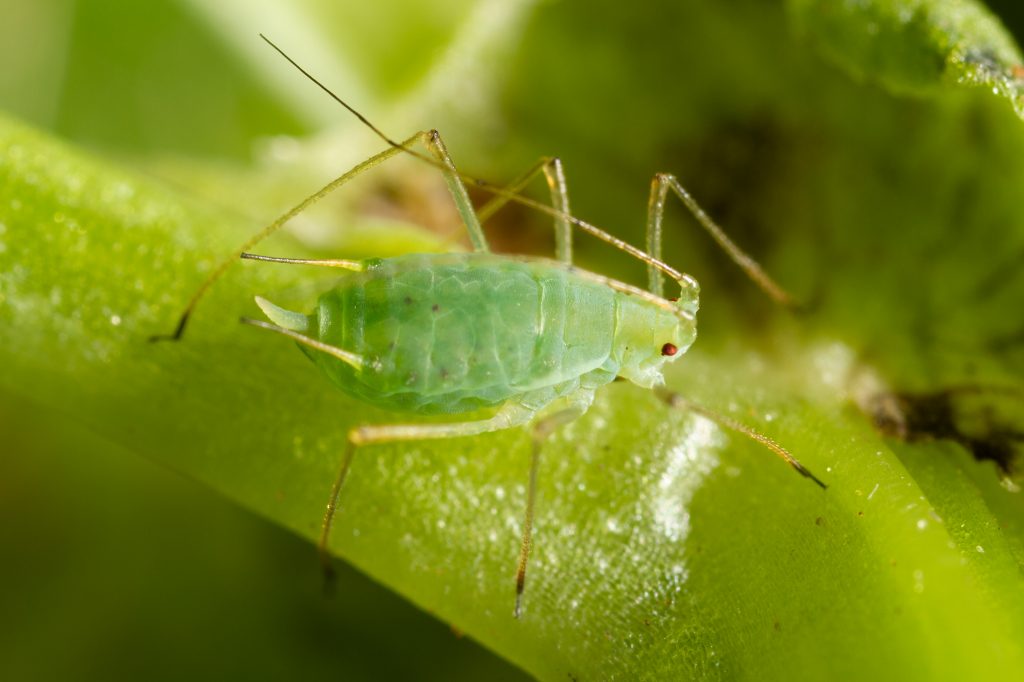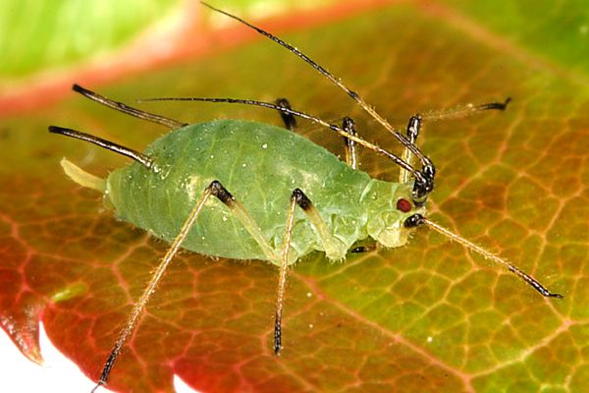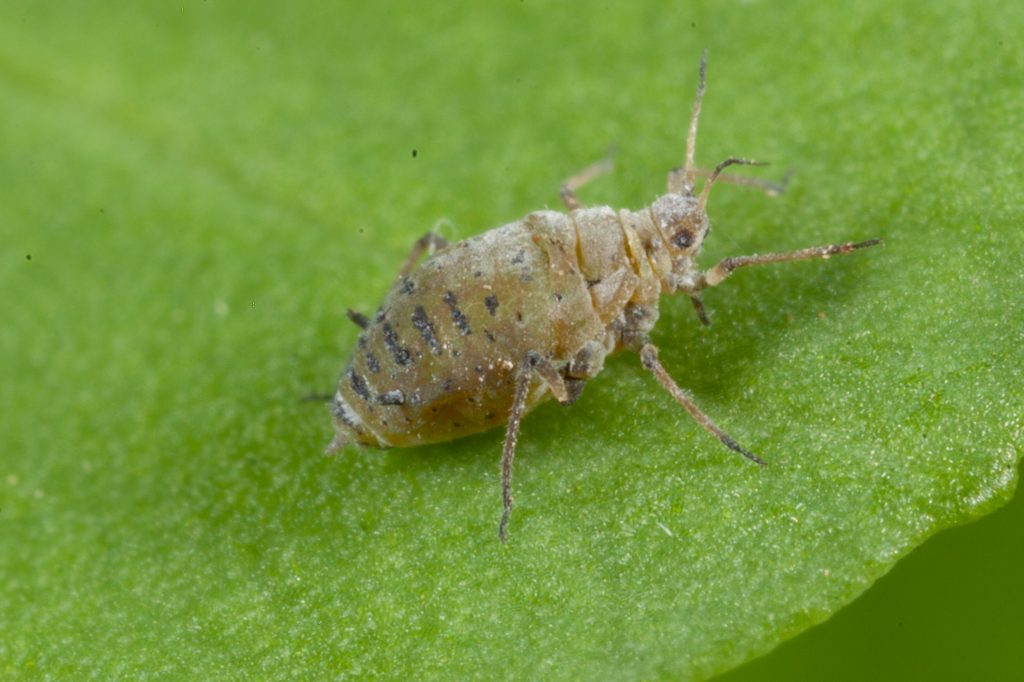Black Bean Aphid (Aphis fabae)
Updated on
17/11/2022The black bean aphid, also known as bean aphid, blackfly, and beet leaf aphid, is a small black insect with a wide, soft body. Its specific name fabae is derived from the Latin faba, meaning bean, a plant it often feeds on.
They are classified as true bugs because they have specialized mouthparts to withdraw liquid from plants, leaves, and flowers. It results in distorted shoots, reduced yield, stunted plants, and spoiled crops. They also spread diseases in plants and secrete honeydew encouraging the growth of sooty mold on the host plants.
Scientific Classification
- Class:Insecta
- Order:Hemiptera
- Suborder:Sternorrhyncha
- Family:Aphididae
- Genus:Aphis
- Species:P. fabae
Conservation Status
Description
The plump, dark green or blackish insect is seen in large numbers in the warmer months of the year. It is around 2 mm long with a small head and swollen abdomen. Both winged and wingless forms of the insect exist. The winged forms are longer and thinner and have shiny black heads and thoraxes. Their membranous wings are held in over the body at an angle.
The antennae are less than two-thirds of the body, and the legs are pale yellow with black tips. Egg-laying females have their hind feet swollen. A defensive waxy secretion is produced by a pair of long, slender tubes near the back of the abdomen.
Distribution: Temperate parts of Western Europe, North America, and Asia, and in the cooler parts of the Middle East, Africa, and South America.
Habitat: In dense clusters on the undersides of leaves and tender, new, growing tips of host plants.
Do They Bite/Sting: No.
Lifespan: 45-52 days.
Predators: Both larval and adult ladybirds, lacewings, hoverfly larvae, and parasitic wasps of the genera Lysiphlebus and Diaeretiella.
Behavior and Characteristics
Diet
They feed by sucking on plant sap. They attack crops like beans, sugar beets, celery, potato, and plants like dahlia, viburnum, nasturtium, and many ornamental garden plants.
Life Cycle
1. Egg Stage
The winged females lay eggs in autumn on woody shrubs, the primary hosts. A female can lay 6-10 black eggs that overwinter.
2. Stem Mother Stage
The aphids hatching from the eggs in spring are wingless females called stem mothers that reproduce asexually. Each gives birth to as many as 30 live young, called nymphs. The stem mother lives for around 50 days.
3. Nymph Stage
The nymphs are usually females that can reproduce without mating to produce further generations that are generally winged forms. They migrate to secondary hosts, typically herbaceous plants. Further asexual reproduction gives rise to both winged and wingless females throughout summer. Winged individuals respond to overcrowding and spread to new host plants.
By midsummer, the predators increase in number, putting a check on their population. As autumn approaches, the winged aphids migrate back to the primary hosts. Here both males and females are produced asexually.
4. Adult Stage
Mating takes place in autumn, and the females lay eggs to complete the life cycle. The adults die after that.
Getting Rid of Black Bean Aphids
The widely distributed crop pest can be controlled chemically and biologically. Insecticides such as carbamates, organophosphate, pyrethrum, and pyrethroids can be used to kill the aphids. The application of insecticidal soap spray is organic and effective in its removal. Biological control can be achieved by introducing predators in their habitat, like lady beetles and their larvae.
Source
influentialpoints.com, sbenny.com, eol.org, influentialpoints.com




